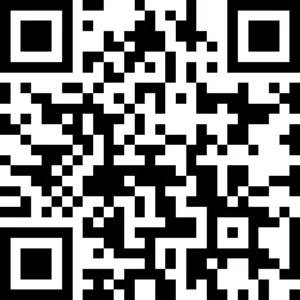What are the symptoms of erythema nodosum?
Common symptoms include:
- Red or purple lumps on the legs
- Pain and tenderness in the bumps
- Swelling in the affected areas
- Fever
- Joint pain
What causes erythema nodosum?
Erythema nodosum can be caused by a number of things, including:
- Infections, such as strep throat or tuberculosis
- Certain medications, like some antibiotics
- Skin conditions
- Some diseases, like inflammatory bowel disease
- Pregnancy
How common is erythema nodosum?
Erythema nodosum is not very common. It can happen to anyone, but it is more likely to occur in young adults and women. It is often linked to other health issues.
Who is more likely to get erythema nodosum?
People who may be at higher risk include:
- Women, especially during pregnancy
- People with certain infections
- Individuals with autoimmune diseases
How can I treat erythema nodosum?
Treatment for erythema nodosum focuses on reducing pain and addressing the cause. Options may include:
- Rest and elevating the legs
- Over-the-counter pain relievers, like ibuprofen
- Treatment of any underlying infections or diseases
Powered by pharmacies
With over 1,700 pharmacy partners across the UK, you can get the help you need, wherever you are based.
Our website and mobile app make it easy and convenient to manage your health needs and book services at a pharmacy nearby.
How to live with erythema nodosum?
If you have erythema nodosum, you may want to:
- Manage pain with medication
- Avoid activities that make the pain worse
- Keep an eye on any other symptoms and talk to your doctor if they change
Final thoughts
Erythema nodosum can be uncomfortable, but it often resolves with treatment. If you notice painful lumps on your legs or have concerns, it’s a good idea to speak to your GP or healthcare provider.





